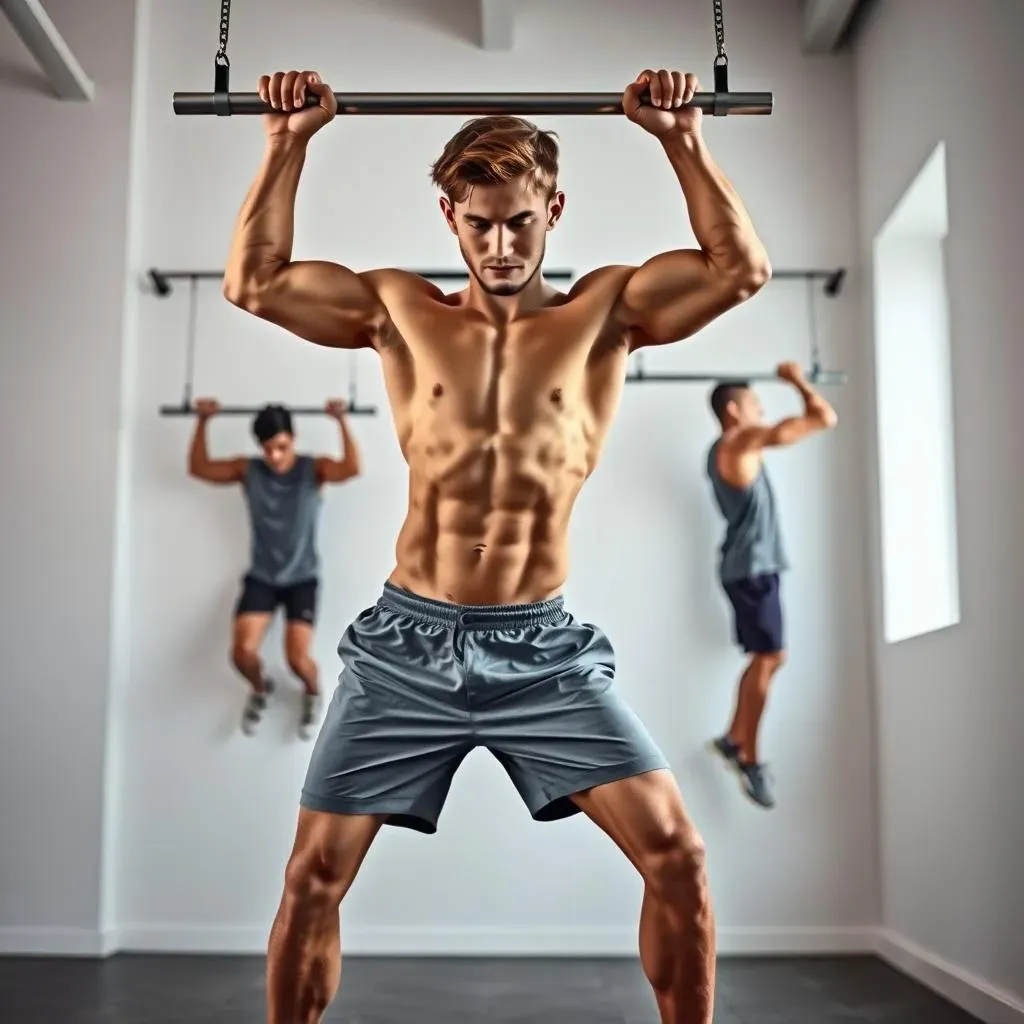Table of Contents
Welcome to the world of exercice calisthenics, a form of strength training that utilizes your body weight as resistance to build muscle, increase flexibility, and boost overall fitness. Calisthenics has gained popularity in recent years due to its effectiveness and convenience, requiring little to no equipment. Whether you're a fitness enthusiast or just starting out, exercice calisthenics offers a wide range of benefits that can transform your body and improve your health. In this article, we'll delve into the basics of exercice calisthenics, explore its numerous benefits, and provide you with a comprehensive guide to getting started with bodyweight exercises. From beginner-friendly modifications to advanced techniques, we'll cover it all. So, let's dive into the world of exercice calisthenics and discover how you can harness the power of your own body weight to achieve your fitness goals.
Introduction to Calisthenics: Understanding the Basics of Bodyweight Exercises
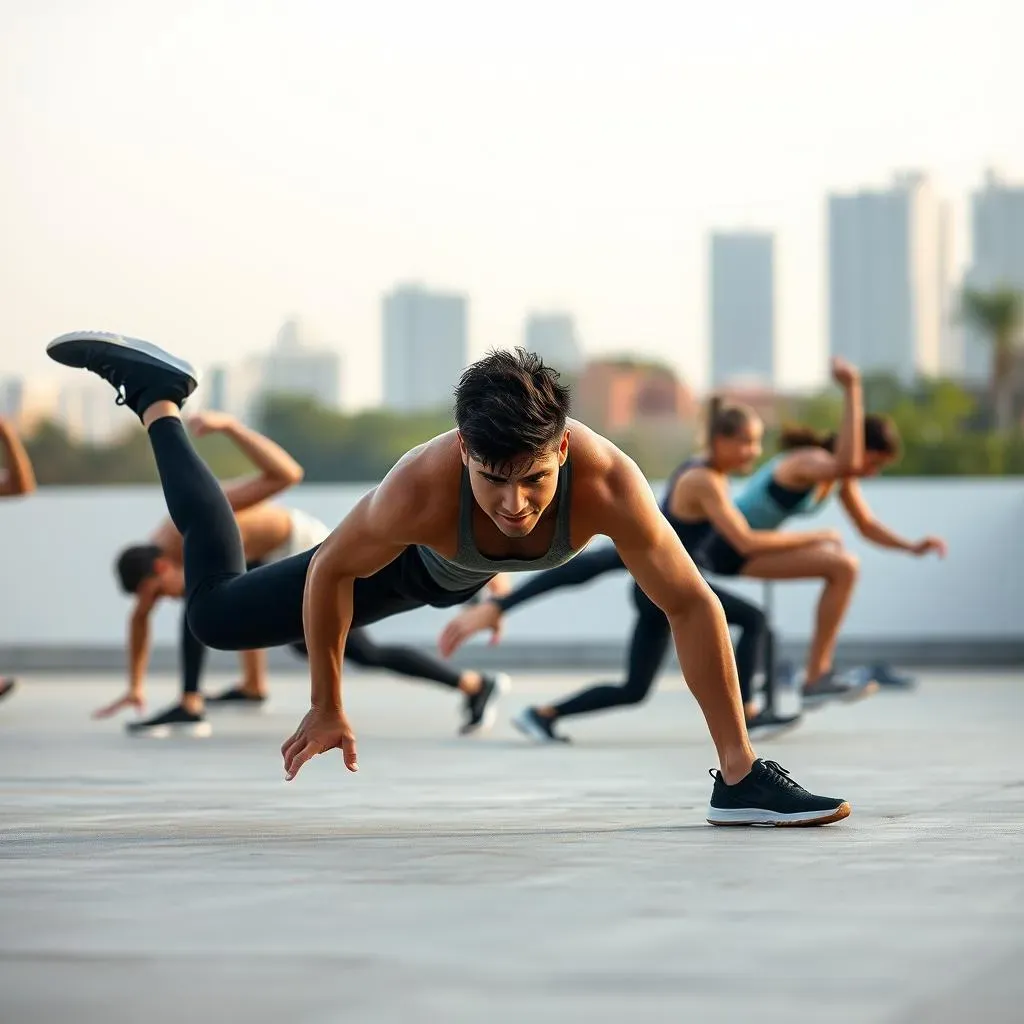
Introduction to Calisthenics: Understanding the Basics of Bodyweight Exercises
What is Calisthenics?
Calisthenics is a form of exercise that uses body weight as resistance to build strength, flexibility, and coordination. It involves various movements that work multiple joints and muscle groups simultaneously, making it an effective way to improve overall fitness. Unlike weightlifting, calisthenics doesn't require any special equipment, which means you can do these exercises anywhere, whether at home, in the park, or during travel.
One of the primary benefits of calisthenics is its accessibility. Whether you're a beginner or an experienced athlete, there are modifications and progressions to suit every fitness level. For example, if you're just starting out, you can begin with modified push-ups on your knees instead of your toes. As you build strength, you can progress to traditional push-ups, diamond push-ups, or even single-arm push-ups.
Exercise | Modification | Progression |
|---|---|---|
Push-ups | Knee push-ups | Diamond push-ups |
Squats | Bodyweight squats | Plyometric squats |
Lunges | Walking lunges | Jumping lunges |
Benefits of Calisthenics
Calisthenics offers numerous benefits that can enhance your overall health and fitness. For one, it's a great way to build strength without the need for expensive gym equipment. Calisthenics also improves flexibility and coordination, as many exercises require a range of motion and balance. Additionally, calisthenics can be modified to suit different fitness levels, making it an excellent option for people with injuries or those who are just starting their fitness journey.
Regular calisthenics practice can also boost cardiovascular health, increase metabolism, and enhance mental well-being. Exercises like burpees, jump squats, and mountain climbers provide an excellent cardio workout, while movements such as planks and bicycle crunches engage the core and improve posture.
- Improved muscular strength and endurance
- Enhanced flexibility and coordination
- Boosted cardiovascular health
- Increased metabolism
- Improved mental well-being
Getting Started with Calisthenics
Before starting any new exercise program, it's essential to consult with a healthcare professional, especially if you have any underlying health conditions. Once you've got the green light, you can begin exploring different calisthenics exercises and routines.
Start with basic exercises like push-ups, pull-ups, squats, and lunges. As you build strength and confidence, you can progress to more advanced movements like single-leg squats, pistol squats, and muscle-ups. Remember to listen to your body and only work within your physical limits to avoid injury.
A good starting point is to begin with 2-3 sets of 8-12 repetitions for each exercise. Gradually increase the number of sets and reps as you build endurance. It's also crucial to warm up before each workout and cool down afterwards to prevent injury and promote recovery.
Benefits of Calisthenics: How Bodyweight Training Can Transform Your Body
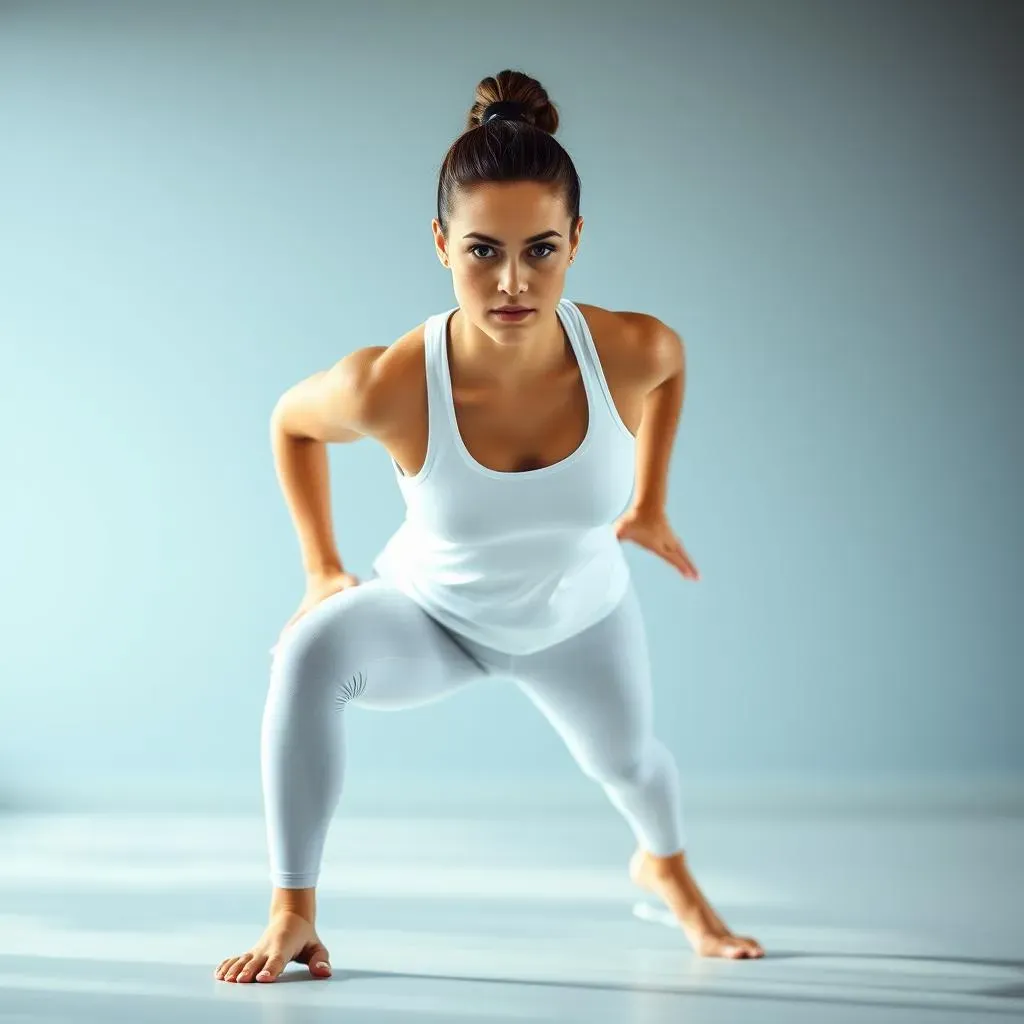
Benefits of Calisthenics: How Bodyweight Training Can Transform Your Body
Calisthenics is more than just a form of exercise - it's a journey to transforming your body and mind. By harnessing the power of your own body weight, you can build strength, increase flexibility, and boost your overall health. One of the most significant benefits of calisthenics is its ability to improve muscular strength and endurance. Without the need for weights, you can target specific muscle groups with exercises like push-ups, pull-ups, and squats.
Regular calisthenics practice can also enhance your cardiovascular health. Exercises like burpees, jump squats, and mountain climbers provide an excellent cardio workout, improving heart health and increasing stamina. Moreover, calisthenics can help with weight management by increasing metabolism and burning calories, both during and after exercise.
Exercise | Calories Burned per Hour | Muscle Groups Worked |
|---|---|---|
Burpees | 600-800 | Chest, shoulders, legs, core |
Jump Squats | 400-600 | Legs, glutes, core |
Mountain Climbers | 500-700 | Chest, shoulders, core |
In addition to physical benefits, calisthenics can also have a profound impact on mental health. The release of endorphins during exercise can help alleviate symptoms of anxiety and depression, while the sense of accomplishment from achieving new fitness milestones can boost self-esteem and confidence.
- Improved mental clarity and focus
- Enhanced mood and reduced stress
- Increased self-esteem and confidence
Effective Calisthenics Exercises for a FullBody Workout
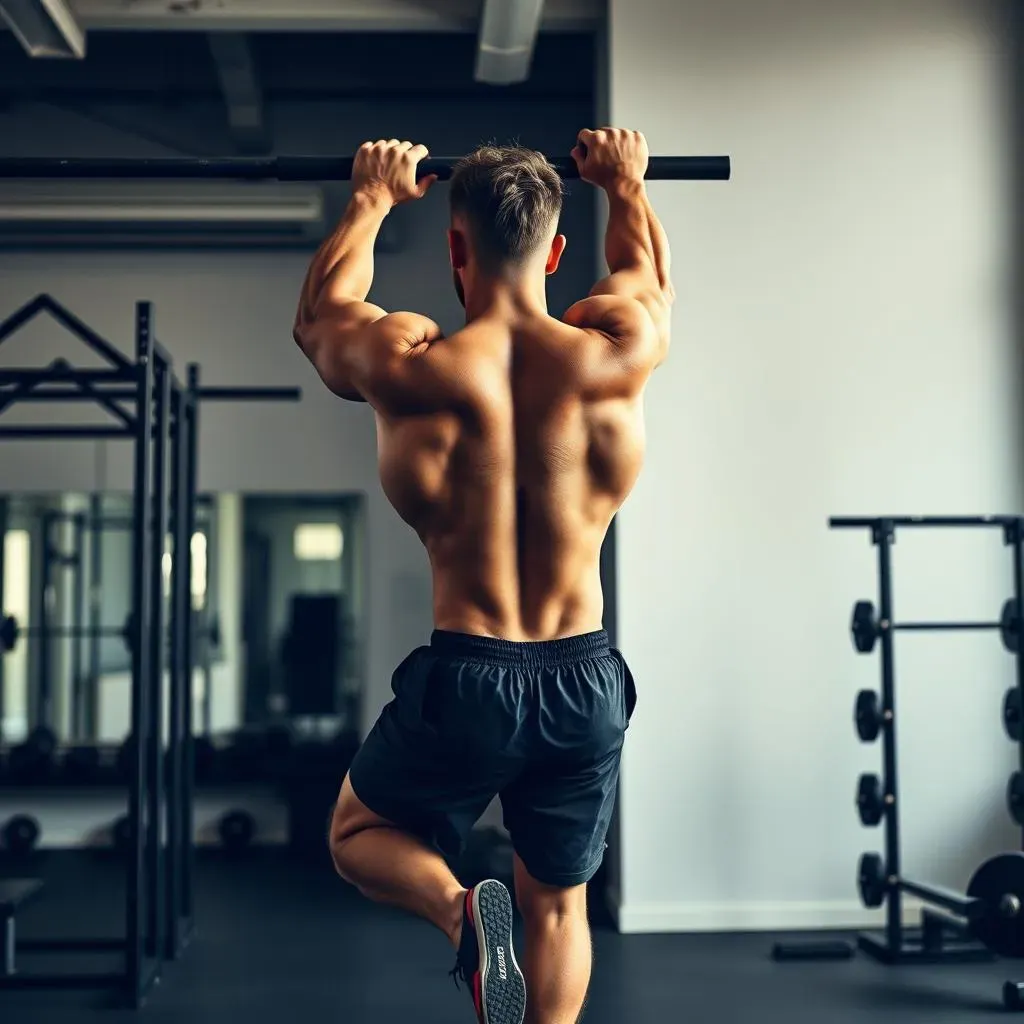
Effective Calisthenics Exercises for a FullBody Workout
When it comes to building a strong and lean physique, a well-rounded calisthenics routine is essential. Effective calisthenics exercises should target all major muscle groups, including the chest, back, shoulders, legs, and core. A full-body workout can be achieved with a combination of upper body, lower body, and core exercises.
One of the most effective upper body exercises is the pull-up. It targets the latissimus dorsi, biceps, and upper back muscles. For those who are unable to perform a full pull-up, assisted pull-ups or resistance band pull-downs can be a great alternative. Another excellent exercise is the dip, which targets the triceps, chest, and shoulders.
Exercise | Muscle Groups Worked | Calories Burned per Hour |
|---|---|---|
Pull-ups | Latissimus dorsi, biceps, upper back | 200-300 |
Dips | Triceps, chest, shoulders | 150-250 |
Push-ups | Chest, shoulders, triceps | 100-200 |
For the lower body, squats and lunges are two of the most effective exercises. Squats target the quadriceps, hamstrings, glutes, and core, while lunges target the quadriceps, hamstrings, and glutes. These exercises can be modified to suit different fitness levels, such as bodyweight squats, jump squats, or walking lunges.
- Squats: Targets quadriceps, hamstrings, glutes, and core
- Lunges: Targets quadriceps, hamstrings, and glutes
- Calf raises: Targets calf muscles
Core exercises are also crucial for a full-body workout. Planks, bicycle crunches, and Russian twists are excellent for building a strong core. These exercises can be modified to increase or decrease difficulty, making them accessible to all fitness levels.
Exercise | Muscle Groups Worked | Difficulty Level |
|---|---|---|
Plank | Core, shoulders, back | Beginner |
Bicycle crunches | Abdominals | Intermediate |
Russian twists | Obliques | Advanced |
Calisthenics for Beginners: Tips and Modifications to Get You Started
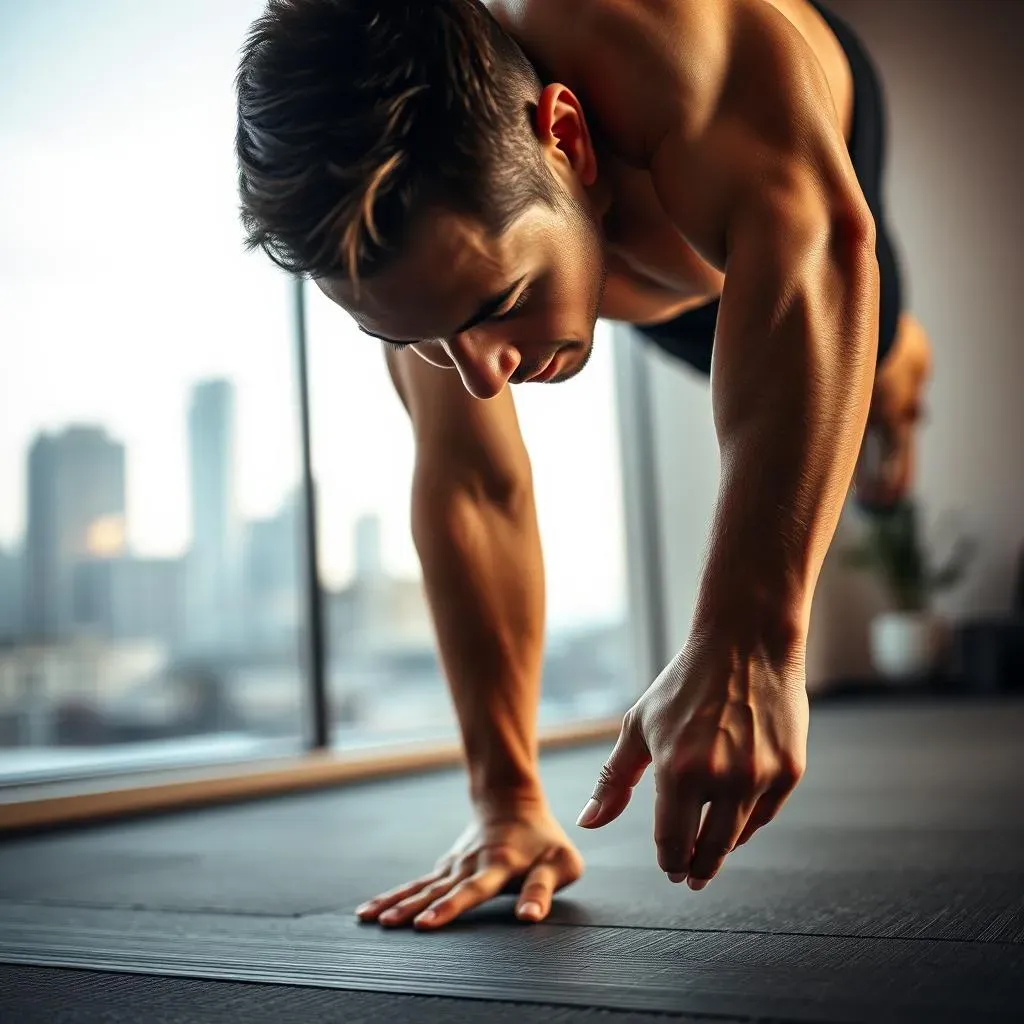
Calisthenics for Beginners: Tips and Modifications to Get You Started
Getting Started with Calisthenics
Embarking on a calisthenics journey can be both exciting and intimidating, especially for beginners. The key to success lies in starting slowly and progressing gradually. It's essential to listen to your body and only perform exercises that feel comfortable and safe. Begin with basic movements like push-ups, squats, and lunges, and gradually increase the difficulty as you build strength and confidence.
Modifications are crucial for beginners, as they allow you to work within your fitness level while still challenging yourself. For instance, if you're new to push-ups, start with knee push-ups instead of traditional push-ups. As you build strength, you can transition to diamond push-ups or even single-arm push-ups. Similarly, for squats, begin with bodyweight squats and progress to jump squats or plyometric squats as you become more comfortable.
Exercise | Modification | Progression |
|---|---|---|
Push-ups | Knee push-ups | Diamond push-ups |
Squats | Bodyweight squats | Plyometric squats |
Lunges | Walking lunges | Jumping lunges |
Building a Calisthenics Routine
Creating a calisthenics routine can seem daunting, but it's simpler than you think. Start by selecting a mix of upper body, lower body, and core exercises. Aim for 2-3 sets of 8-12 repetitions for each exercise. As you become more comfortable, you can increase the number of sets and reps.
Warm-up routines are vital to prevent injury and prepare your muscles for exercise. Begin with 5-10 minutes of light cardio, such as jogging in place or jumping jacks, followed by dynamic stretches like arm circles and leg swings.
- Start with 2-3 sets of 8-12 repetitions for each exercise
- Warm up with 5-10 minutes of light cardio and dynamic stretches
- Listen to your body and rest when needed
- Progress exercises as you build strength and confidence
Advanced Calisthenics Techniques: Taking Your Workout to the Next Level
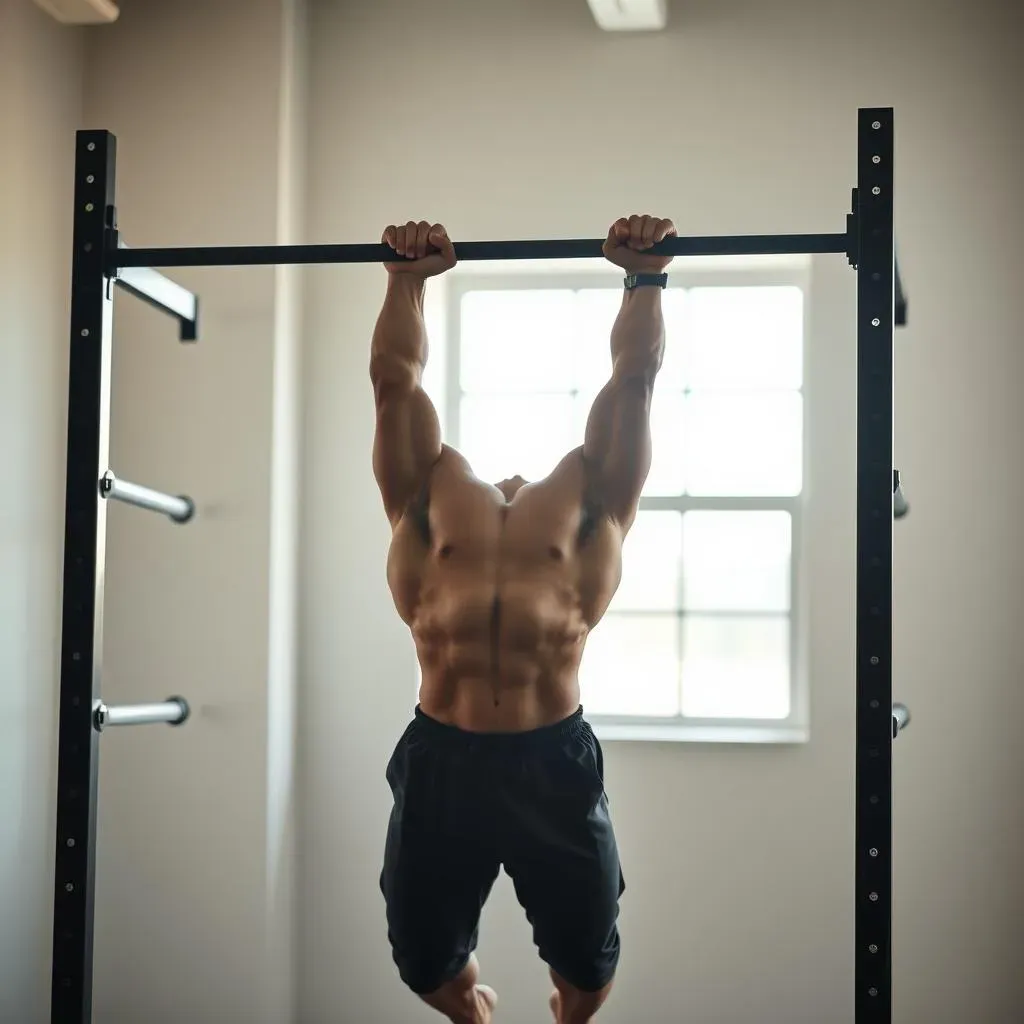
Advanced Calisthenics Techniques: Taking Your Workout to the Next Level
Mastering Advanced Calisthenics Techniques
Once you've mastered the basics of calisthenics, it's time to take your workout to the next level with advanced techniques. These movements require greater strength, control, and precision, but the payoff is well worth the challenge. One of the most impressive calisthenics exercises is the muscle-up. This movement combines a pull-up and dip, requiring significant strength in the upper body. To perform a muscle-up, start with a pull-up, then transition into a dip by pushing yourself up over the bar.
Another advanced exercise is the human flag. This movement requires immense core strength, as you'll be holding your body in a horizontal position, supported only by your hands. Start by finding a stable bar or ledge, then lift your legs up and hold yourself in a straight line from head to heels. Hold this position for as long as possible to build endurance.
Exercise | Description | Difficulty Level |
|---|---|---|
Muscle-up | Combines pull-up and dip | Advanced |
Human Flag | Requires core strength to hold horizontal position | Expert |
Front Lever | Requires strength and control to hold lever position | Expert |
For those looking to improve their lower body strength, the single-leg squat is an excellent advanced exercise. This movement requires balance, flexibility, and strength, as you'll be lifting one leg off the ground while performing a squat. Start by standing on one leg, then slowly lower yourself into a squat, keeping your back straight and your core engaged.
- Single-leg squats: Targets quadriceps, hamstrings, glutes, and core
- Plyometric squats: Explosive movement that targets legs and glutes
- Box jumps: Improves power and explosiveness
Advanced Calisthenics Routines for Increased Intensity
As you progress in your calisthenics journey, it's essential to increase the intensity of your workouts to continue making gains. One way to do this is by incorporating more complex exercises that work multiple muscle groups simultaneously. The burpee is an excellent example, as it combines a squat, push-up, and jump, targeting the entire body.
Another way to increase intensity is by decreasing rest time between sets and exercises. This will challenge your cardiovascular endurance and push your muscles to work harder. For example, try performing a circuit of exercises like pull-ups, dips, and squats without resting between sets.
Exercise | Sets | Reps | Rest Time |
|---|---|---|---|
Burpees | 3 | 12 | 30 seconds |
Pull-ups | 3 | 8 | 60 seconds |
Dips | 3 | 12 | 30 seconds |
Remember to always listen to your body and only push yourself as hard as is safe and comfortable. With dedication and persistence, you'll be able to take your calisthenics workout to new heights and achieve the physique you've always wanted.
Conclusion: Unlocking Your Full Potential with Exercice Calisthenics
In conclusion, exercice calisthenics is a powerful tool for transforming your body and improving your overall health. By incorporating bodyweight exercises into your fitness routine, you can build strength, increase flexibility, and enhance your cardiovascular endurance. Remember to start slowly, listen to your body, and gradually increase the intensity of your workouts. With persistence and dedication, you can unlock your full potential and achieve the physique you've always desired. Whether you're a beginner or an advanced athlete, exercice calisthenics has something to offer. So why wait? Begin your calisthenics journey today and discover a stronger, leaner, and healthier you. Visit calisthenicsfrance.com for more resources and guidance on your fitness journey.
